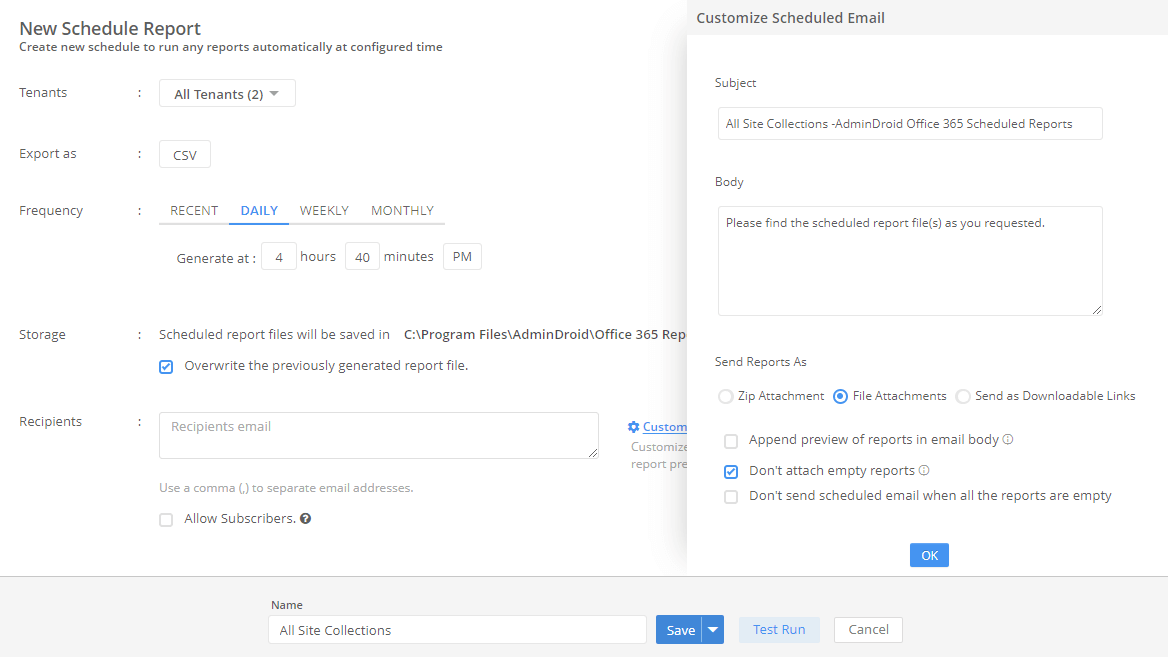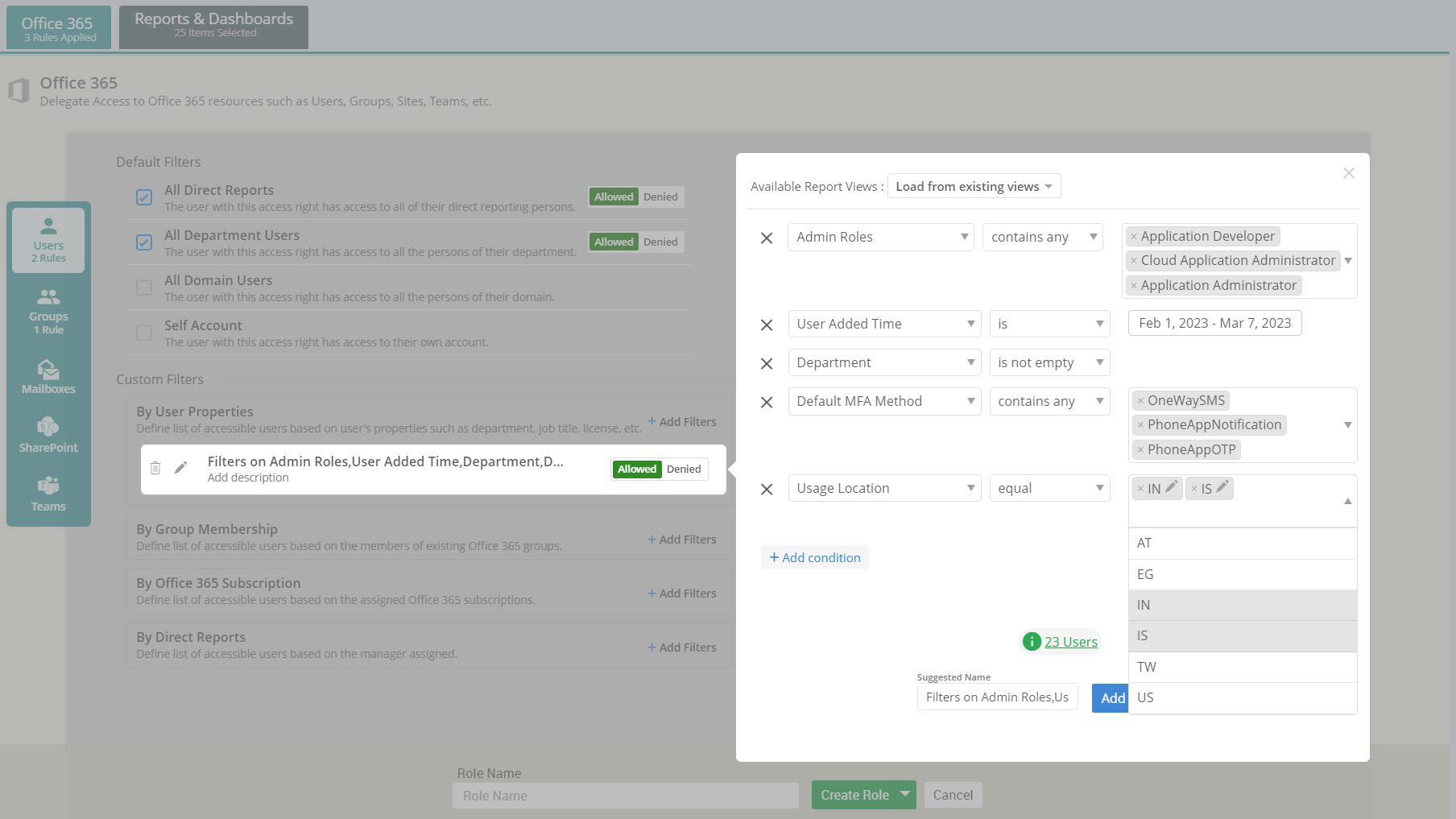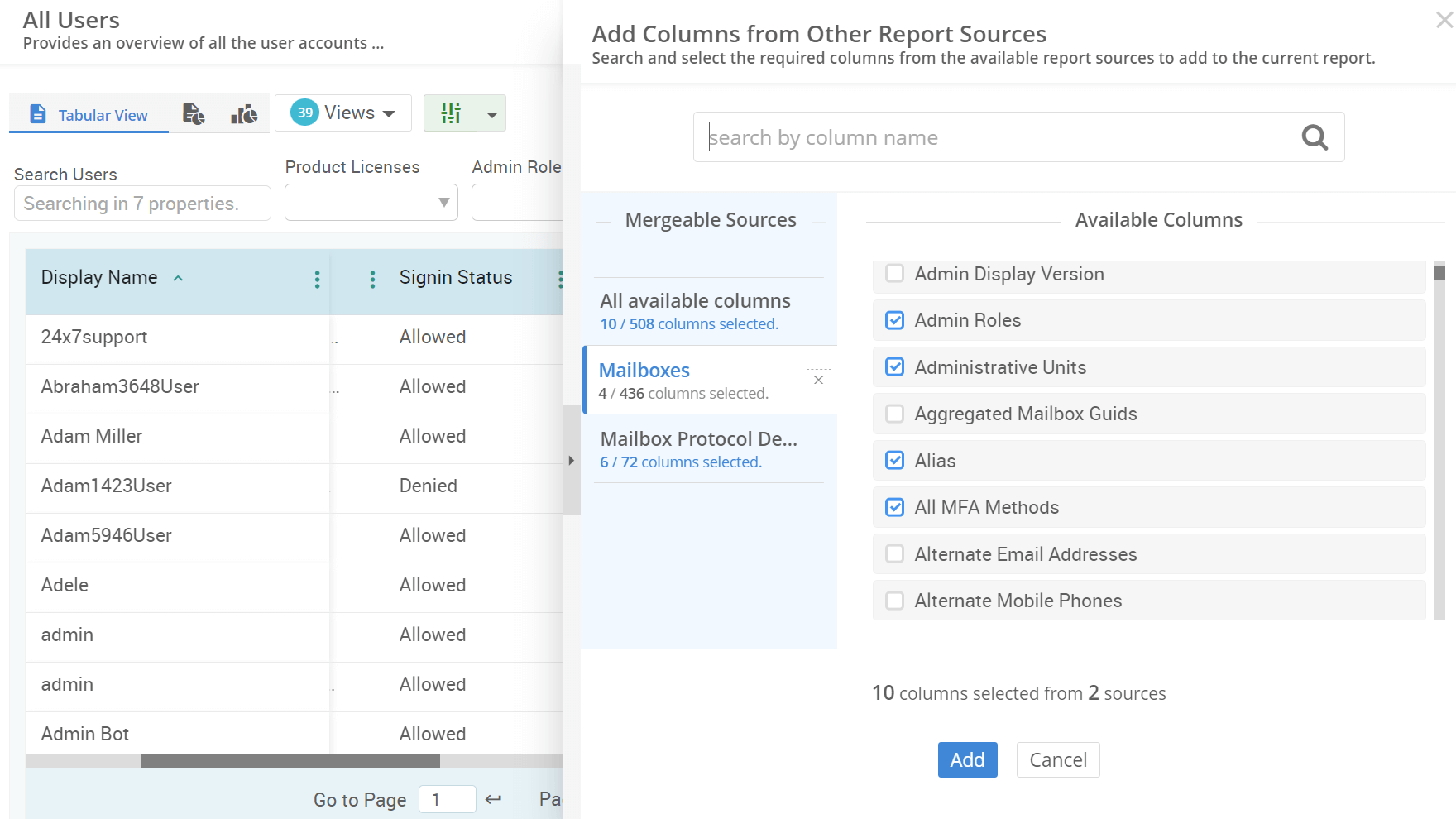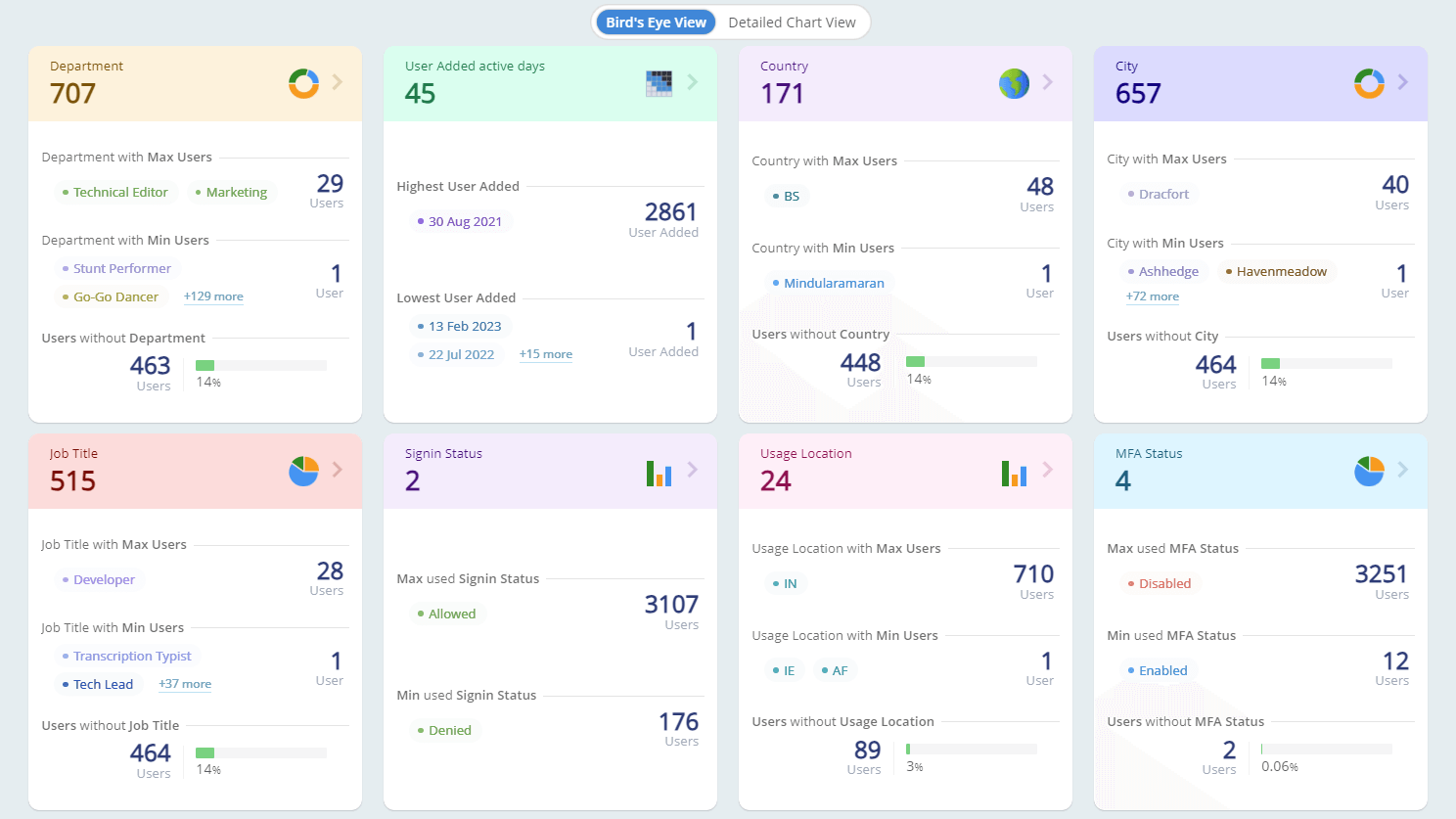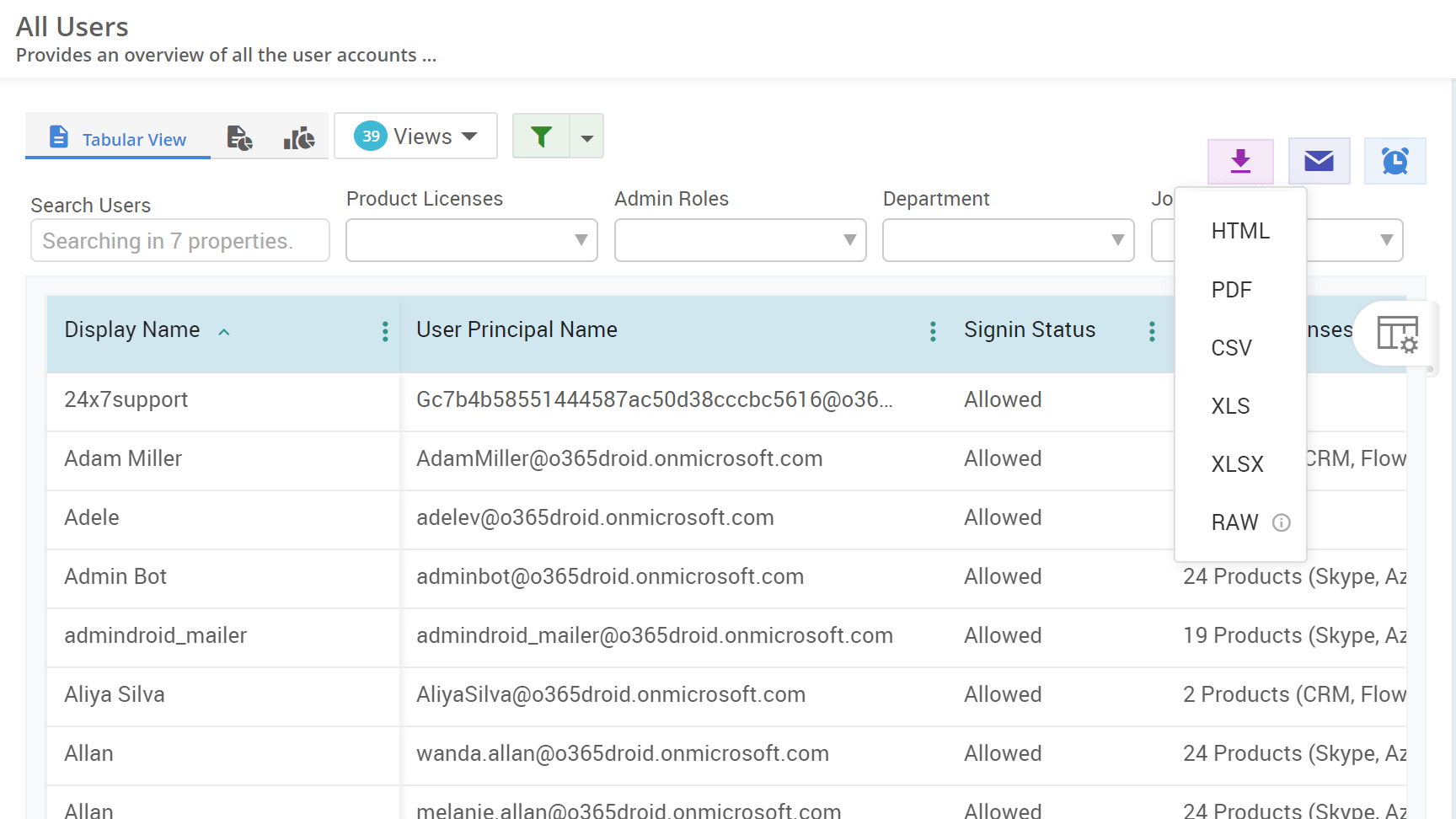How to Find Deleted Microsoft 365 Groups
Microsoft 365 groups are essential for collaboration within an organization. However, the accidental deletion of groups can disrupt workflows and lead to the loss of group-connected teams, SharePoint sites, and other resources. Prompt identification and restoration of these deleted groups is essential to prevent communication breakdowns and data loss. In this guide, we will show you how to effectively audit deleted groups in Microsoft 365.









